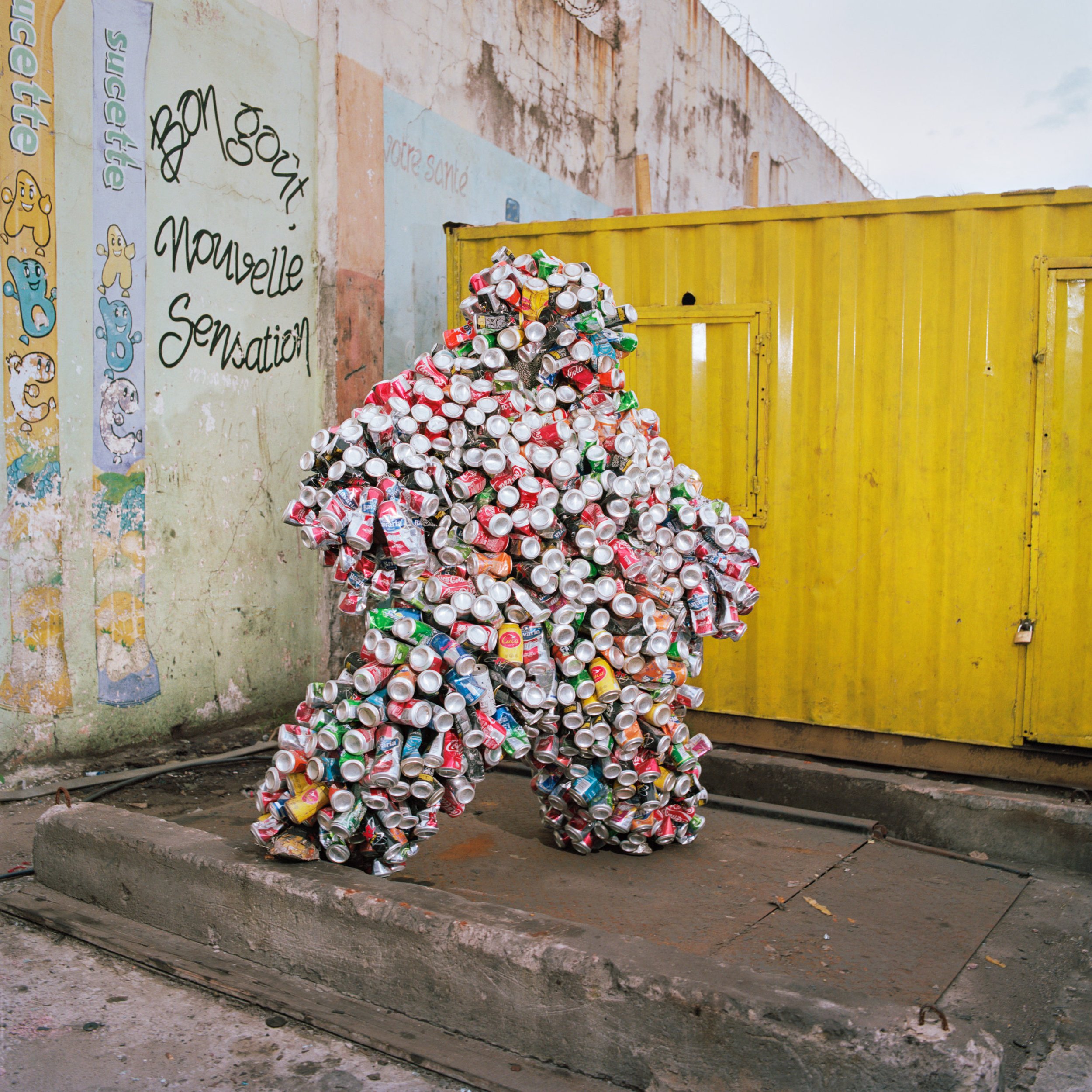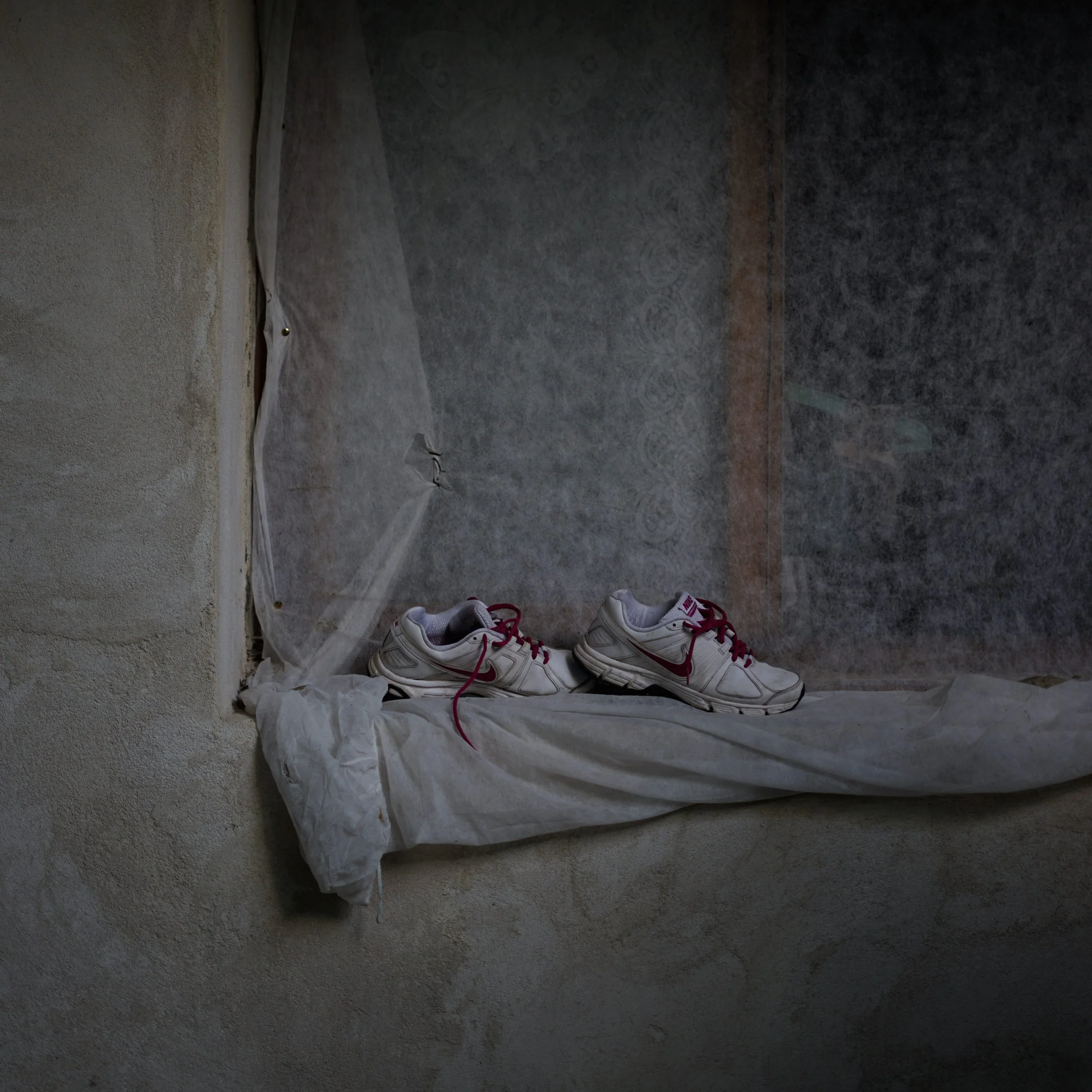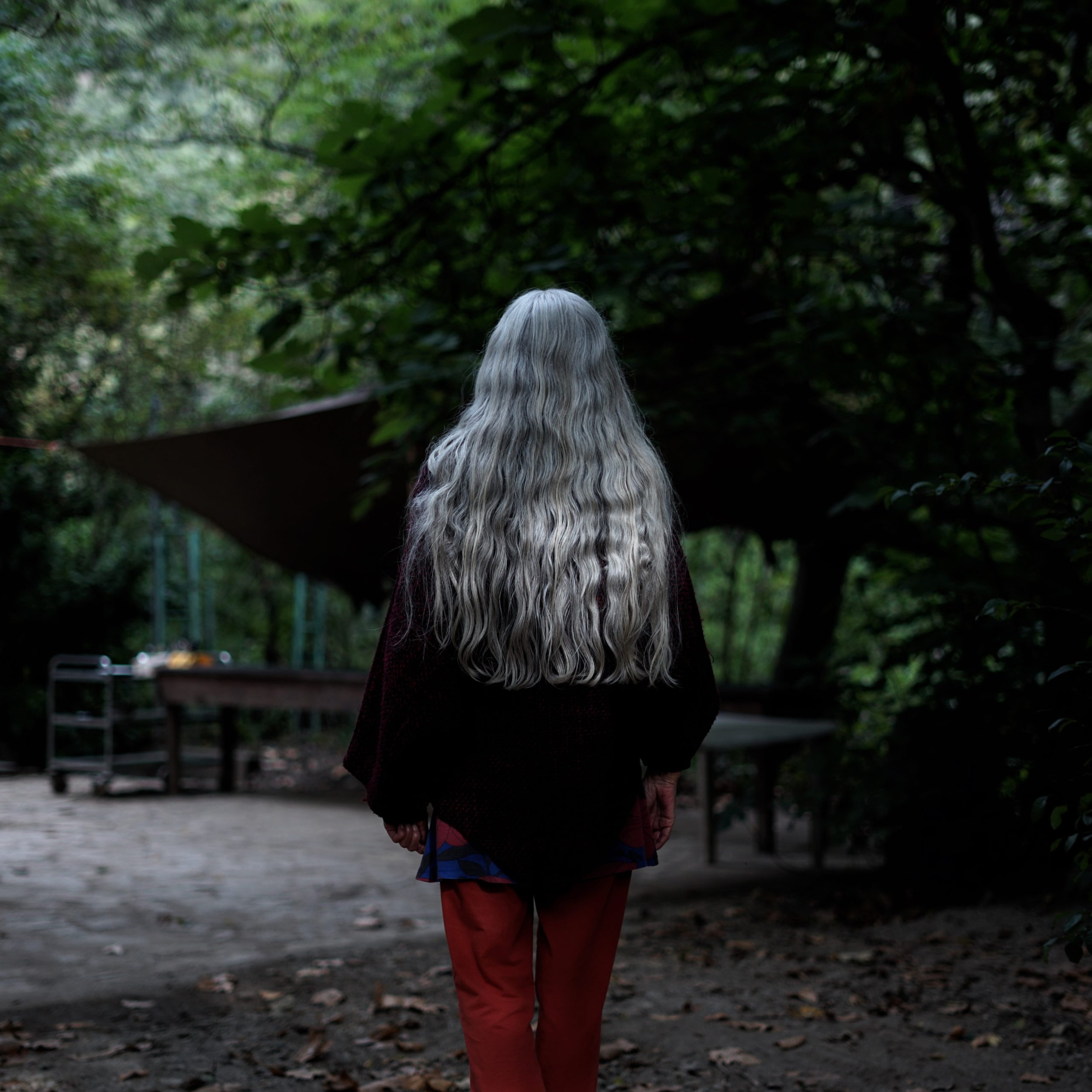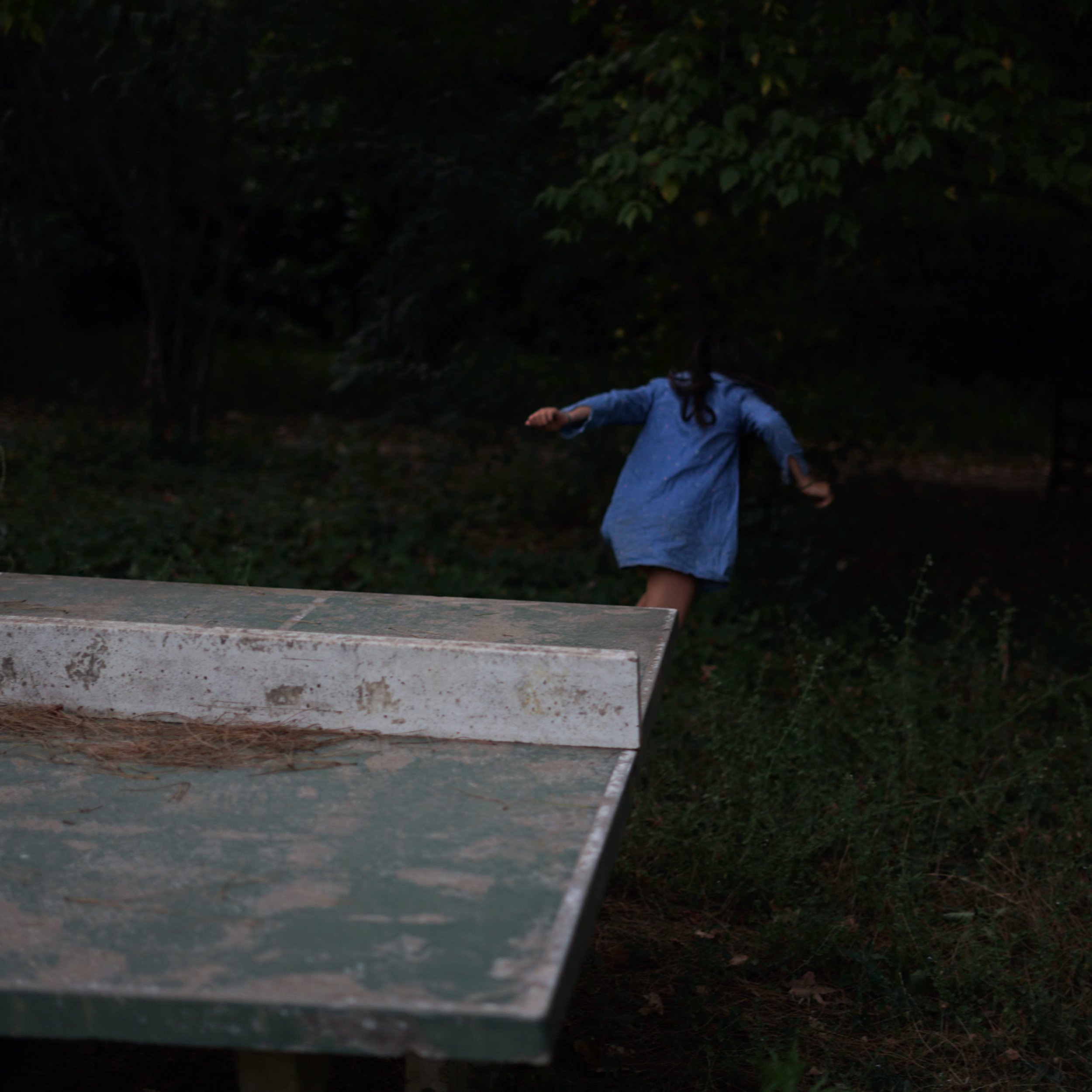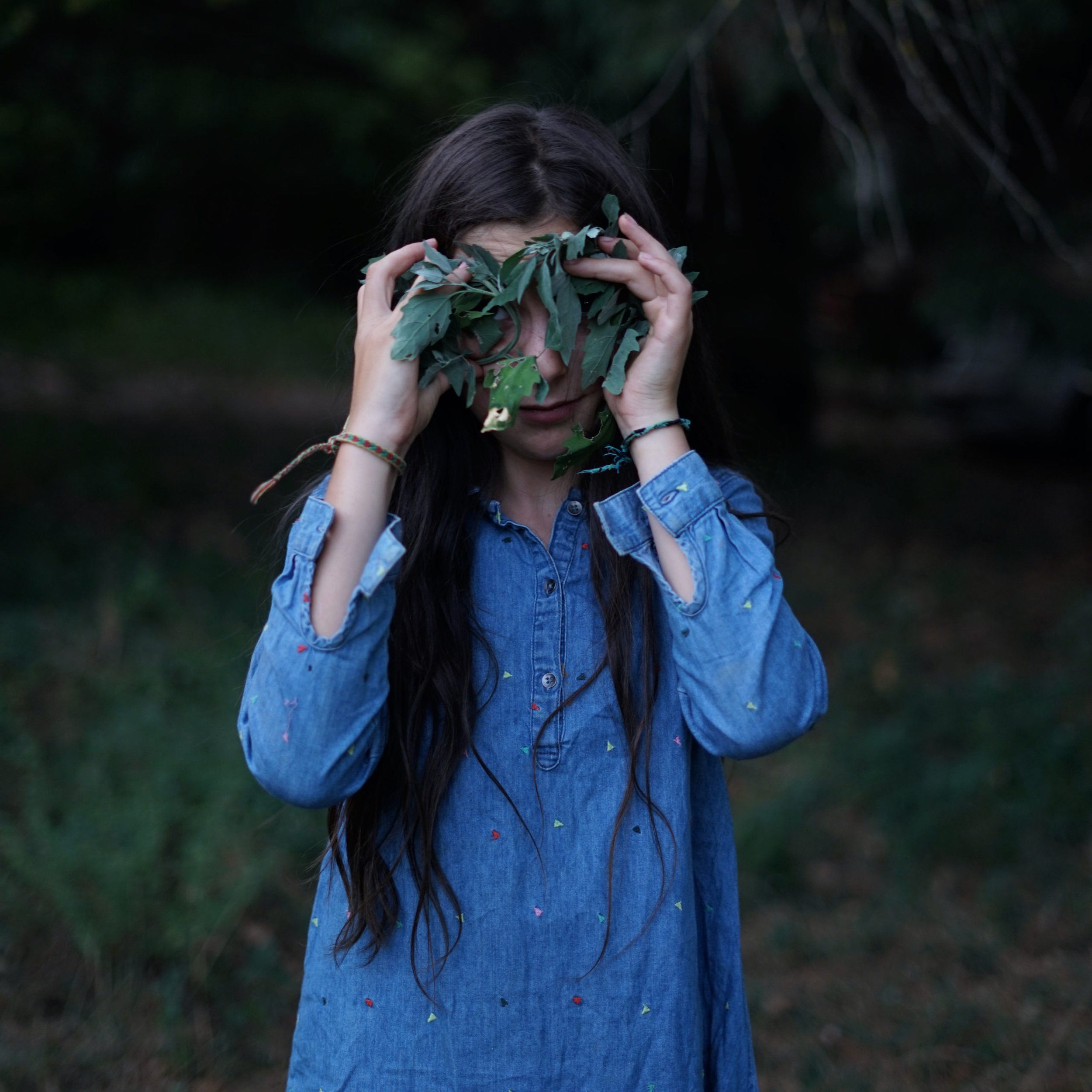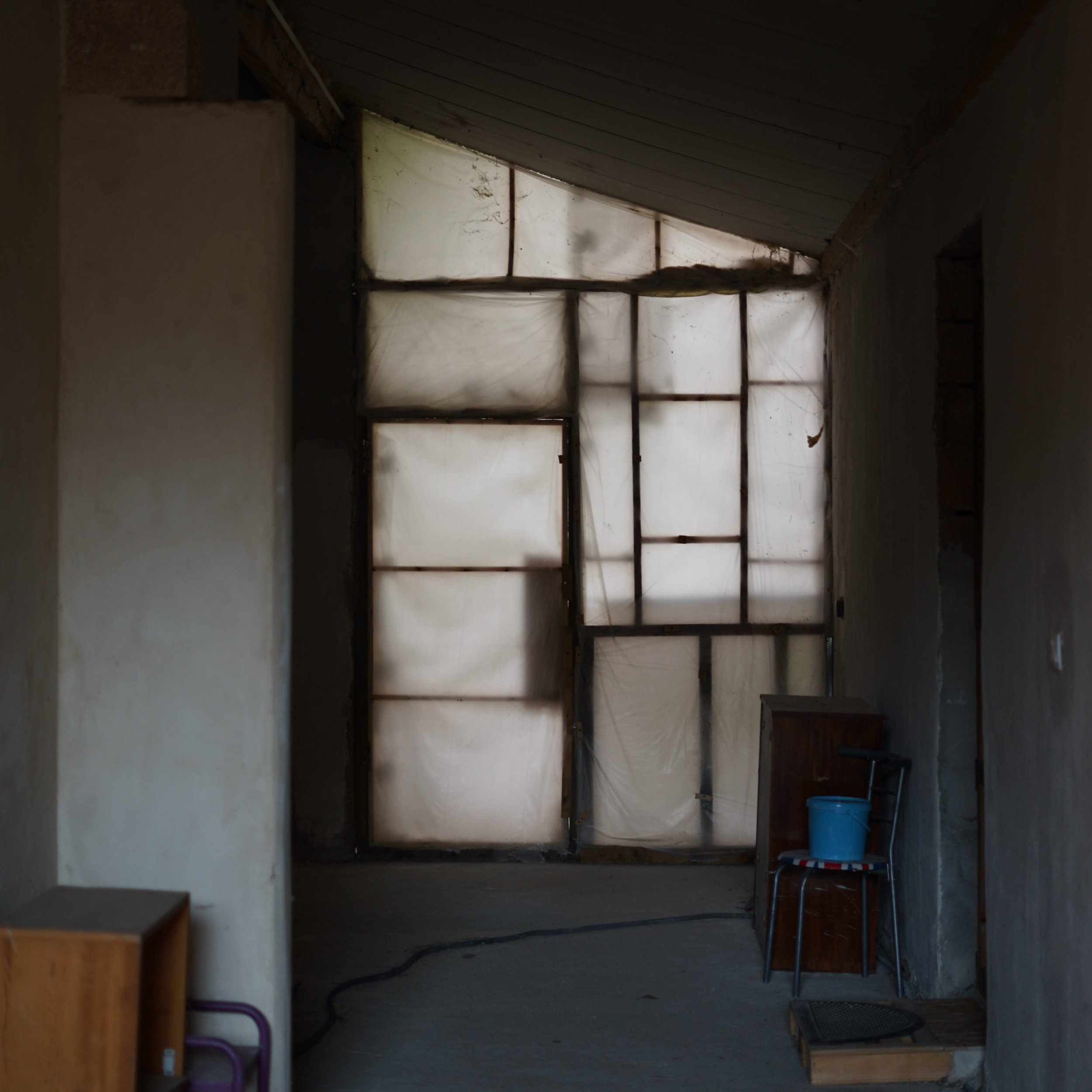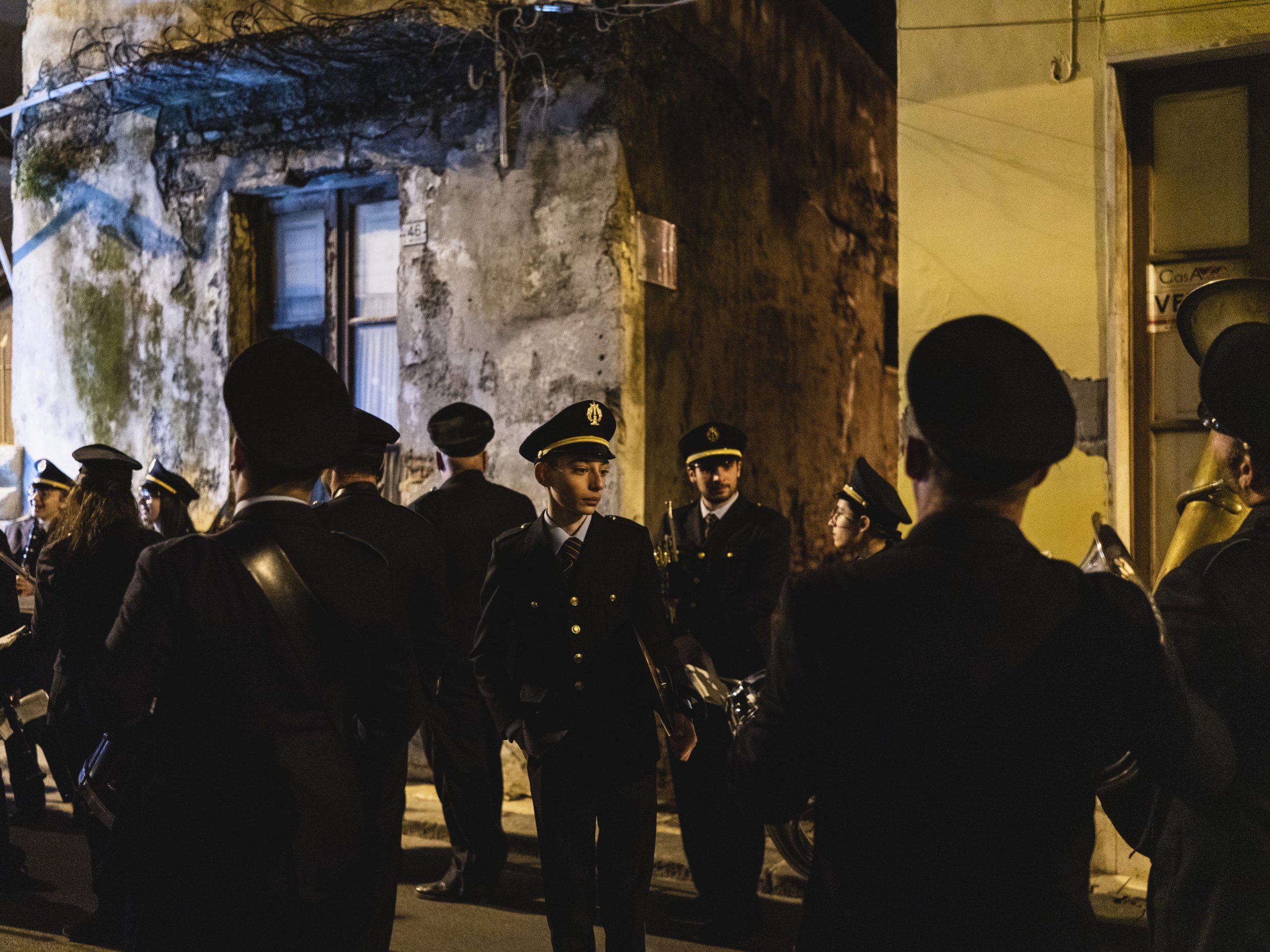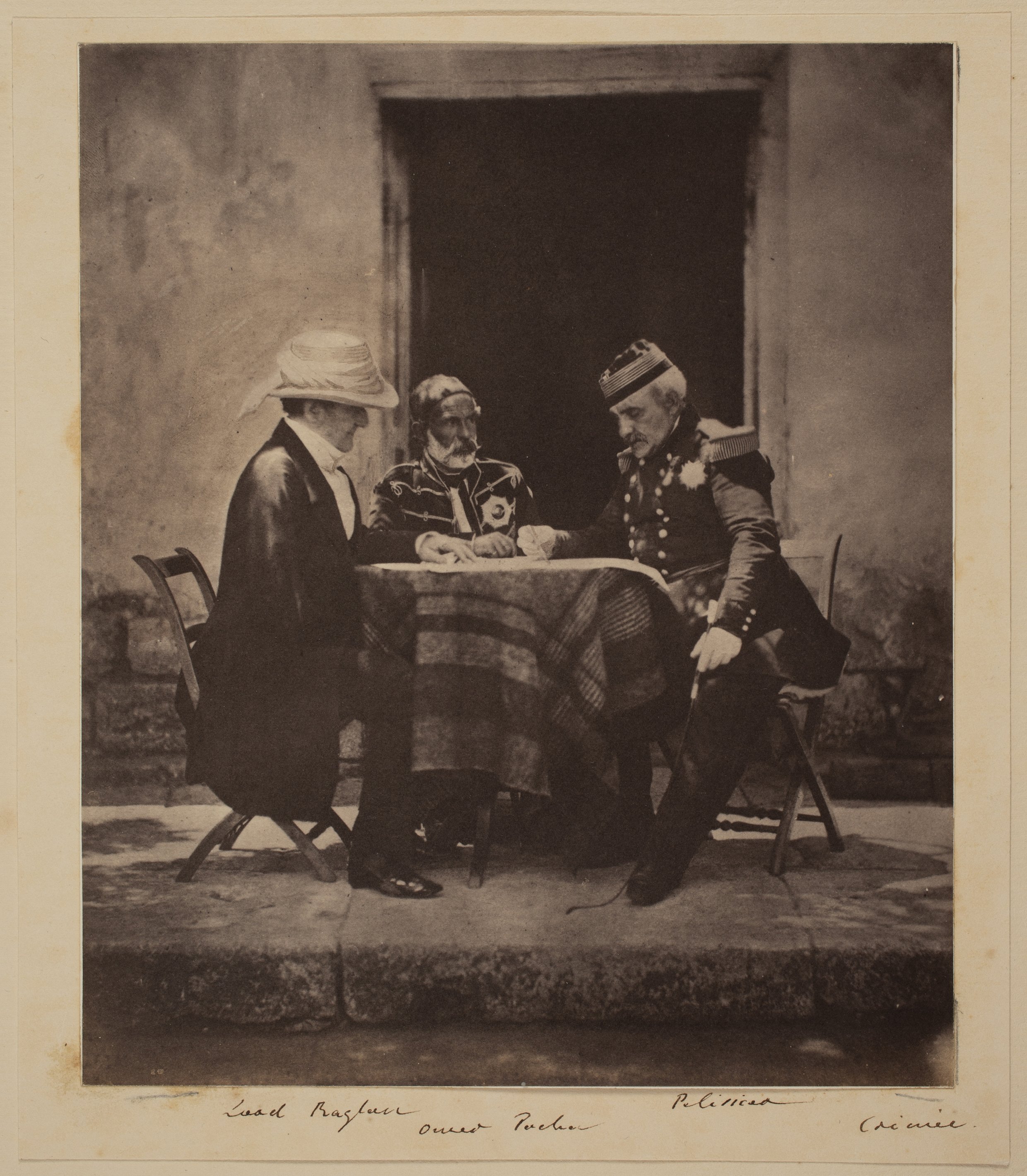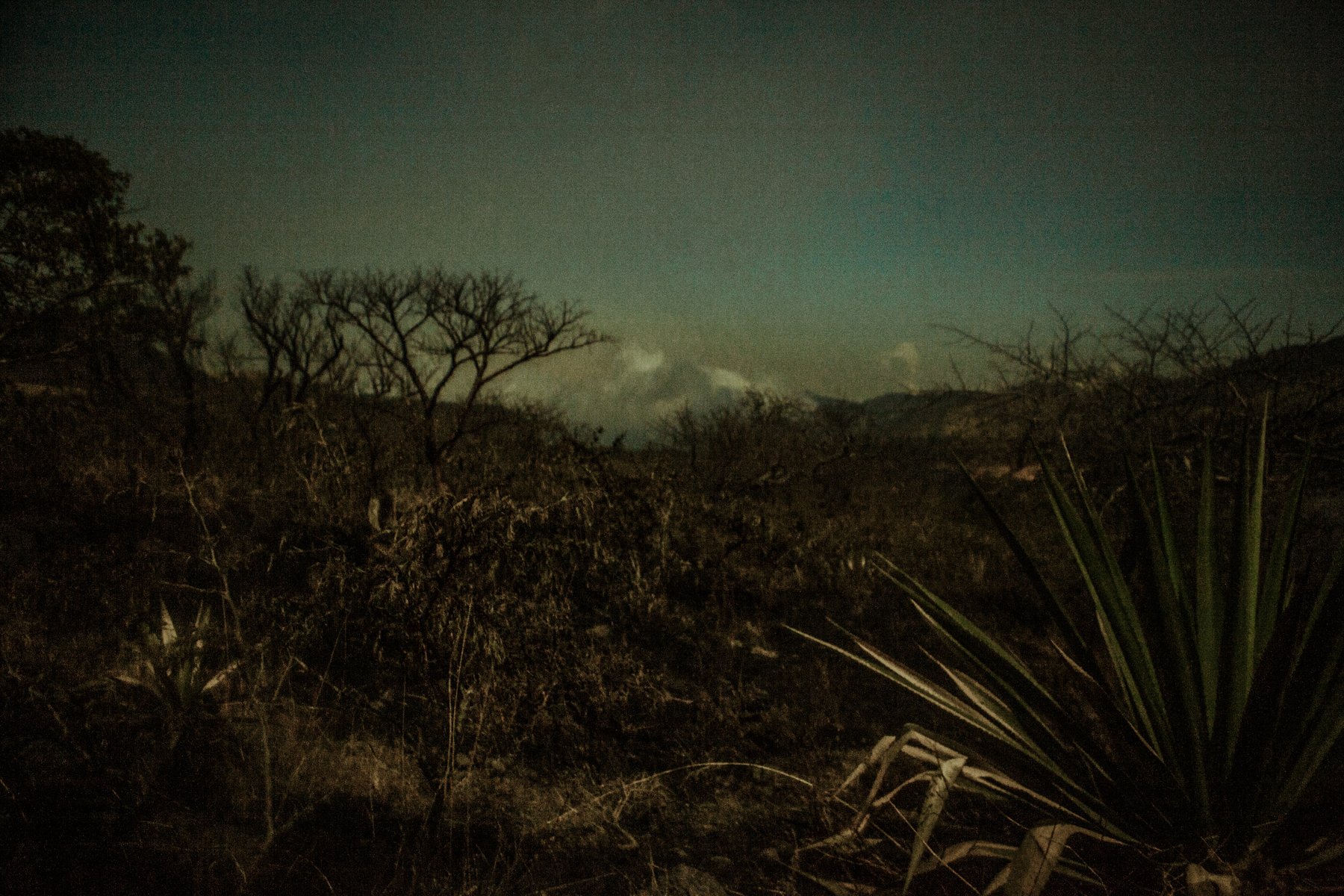
Bruissements végétaux | Centre de la photographie Genève - Bibliothèque de Genève
Centre de la photographie Genève - Bibliothèque de Genève
16. Mai — 18. Oktober 2025
Bruissements végétaux
Hilla Kurki, de la série Almost All the Flowers in my Mother’s Garden, 2022
Mit Saskia Groneberg, Yann Gross, Yann Haeberlin, Felicity Hammond, Hilla Kurki, Yann Mingard, Lea Sblandano, Berit Schneidereit, Bernard Tullen, Magdalena Wysocka und Claudio Pogo, Konservatorium und Botanischer Garten Genf.
Die Ausstellung „Bruissements végétaux“ (Pflanzenrauschen) untersucht unsere oft paradoxen Beziehungen zur Pflanzenwelt und die Art und Weise, wie sie dank ihrer ästhetischen Qualitäten, als Zeichen und Symbol für Umweltveränderungen, als Verkörperung nachhaltigen Konsums oder durch ästhetische oder symbolische Funktionen zum Gegenstand der Zuneigung wird. Während beispielsweise die Monstera deliciosa, obwohl exotisch und eine direkte Folge der kolonialen Expansion, im Westen wegen ihres dekorativen Potenzials geschätzt wird, ist die Tessiner Palme innerhalb weniger Jahre zum Symbol für biologische Invasion und globale Erwärmung geworden. Während viele Pflanzen als unbedeutend, schädlich oder wenig fotogen gelten und daher verpönt sind, erobern andere den Handel, die Innenräume, die sozialen Netzwerke und ganz allgemein unsere visuelle Kultur.
Die Begriffe „Studie“ und „Typologie“ ziehen sich auch durch die gesamte Geschichte der Fotografie, insbesondere wenn sie im Dienste der Wissenschaft oder zu dokumentarischen Zwecken eingesetzt wird. Von den Cyanotypien von Algen der englischen Botanikerin Anna Atkins über die Detailvergrößerungen von Pflanzen des deutschen Künstlers Karl Blossfeldt bis hin zu den zeitgenössischen botanischen Illustrationen der britischen Fotografin Niki Simpson gibt es zahlreiche Studien und Typologien von Pflanzen. Seit den 1840er Jahren haben Fotografen somit einen wichtigen Beitrag zum Wissen über Pflanzen geleistet und unsere visuelle Kultur der Pflanzenwelt bereichert.
Zwischen intimer Erzählung, wissenschaftlicher Dokumentation, spekulativer Erforschung und alltäglicher Beobachtung präsentiert die Ausstellung eine Vielzahl zeitgenössischer botanischer Studien und möchte die komplexen Bedeutungen von Pflanzen im aktuellen kulturellen Kontext würdigen.
Diese Eröffnungsausstellung des neuen Raums des Centre de la photographie Genève knüpft an die Jugendstil-Blumenfriese des Espace Ami-Lullin an, einem 1905 eingeweihten Ausstellungsraum, und an dessen Lage im Herzen des Parc des Bastions. Dieser Park wurde 1817 auf Initiative des Genfer Botanikers Augustin Pyramus de Candolle zum ersten botanischen Garten Genfs. Letzterer war Autor einer der ersten botanischen Klassifikationen und unternahm umfangreiche Arbeiten, die zur Beschreibung von fast 60'000 Pflanzen führten. Schließlich soll diese Ausstellung auch mit dem neuen Rahmen des Centre de la photographie Genève in Resonanz treten: der Bibliothèque de Genève, einem Ort des Studiums und der Bewahrung von Wissen über die Welt.
Kurator: Claus Gunti & Danaé Panchaud
Yann Mingard, Indociles #8, 2024. Courtesy Art Vontobel Collection
Avec Saskia Groneberg, Yann Gross, Yann Haeberlin, Felicity Hammond, Hilla Kurki, Yann Mingard, Lea Sblandano, Berit Schneidereit, Bernard Tullen, Magdalena Wysocka & Claudio Pogo, Conservatoire et Jardin botaniques de Genève.
L’exposition Bruissements végétaux explore nos rapports souvent paradoxaux au monde végétal, et les manières dont il se fait tour à tour objet d’affection grâce à ses qualités esthétiques, signal et symbole des bouleversements environnementaux, incarnation d’une consommation durable, ou investi de fonctions esthétiques ou symboliques. Par exemple, alors que la Monstera deliciosa, pourtant exotique et conséquence directe de l’expansion coloniale, est perçue en Occident pour son potentiel décoratif, le palmier du Tessin est quant à lui devenu en quelques années le symbole de l’invasion biologique et du réchauffement climatique. Alors que de nombreuses plantes sont déconsidérées, car insignifiantes, nuisibles ou peu photogéniques, d’autres envahissent les commerces, les intérieurs, les réseaux sociaux et, plus généralement, notre culture visuelle.
Les notions d’étude et de typologie traversent également toute l’histoire de la photographie, notamment lorsqu’elle est mobilisée au service des sciences ou à des fins documentaires. Des cyanotypes d’algues de la botaniste anglaise Anna Atkins aux agrandissements de détails de plantes de l’artiste allemand Karl Blossfeldt puis aux illustrations botaniques contemporaines de la photographe britannique Niki Simpson, les études et typologies de plantes abondent. Les photographes ont ainsi largement contribué depuis les années 1840 à l’élaboration des savoirs sur les plantes, et à nourrir notre culture visuelle du monde végétal.
Entre récit intime, documentation scientifique, exploration spéculative, ou observation quotidienne, l’exposition présente une multitude d’études botaniques contemporaines, et vise à prendre acte des significations complexes des plantes dans le contexte culturel actuel.
Cette exposition inaugurale du nouvel espace du Centre de la photographie Genève fait écho aux frises florales Art nouveau de l’Espace Ami-Lullin, salle d’exposition inaugurée en 1905, tout comme à sa localisation au coeur du parc des Bastions. En 1817, ce parc devint le premier jardin botanique de Genève, à l’initiative du botaniste genevois Augustin Pyramus de Candolle. Ce dernier fut l’auteur de l’une des premières classifications botaniques, et entreprit un vaste travail aboutissant à la description de près de 60’000 plantes. Enfin, cette exposition entend résonner avec le nouveau cadre du Centre de la photographie Genève: la Bibliothèque de Genève, lieu d’étude et de conservation de savoirs sur le monde.
Commissariat : Claus Gunti & Danaé Panchaud
Bernard Tullen, Hydrangea, 2023
Con Saskia Groneberg, Yann Gross, Yann Haeberlin, Felicity Hammond, Hilla Kurki, Yann Mingard, Lea Sblandano, Berit Schneidereit, Bernard Tullen, Magdalena Wysocka e Claudio Pogo, Conservatorio e Giardini Botanici di Ginevra.
La mostra Bruissements végétaux esplora il nostro rapporto spesso paradossale con il mondo vegetale e i modi in cui esso diventa oggetto di affetto grazie alle sue qualità estetiche, segnale e simbolo dei cambiamenti ambientali, incarnazione di un consumo sostenibile o investito di funzioni estetiche o simboliche. Ad esempio, mentre la Monstera deliciosa, pur essendo esotica e conseguenza diretta dell'espansione coloniale, è apprezzata in Occidente per il suo potenziale decorativo, la palma del Ticino è diventata in pochi anni il simbolo dell'invasione biologica e del riscaldamento globale. Mentre molte piante sono disprezzate perché insignificanti, nocive o poco fotogeniche, altre invadono i negozi, gli interni, i social network e, più in generale, la nostra cultura visiva.
I concetti di studio e tipologia attraversano anche tutta la storia della fotografia, in particolare quando è al servizio della scienza o a fini documentari. Dalle cianotipie di alghe della botanica inglese Anna Atkins agli ingrandimenti di dettagli di piante dell'artista tedesco Karl Blossfeldt, fino alle illustrazioni botaniche contemporanee della fotografa britannica Niki Simpson, gli studi e le tipologie di piante abbondano. Fin dal 1840, i fotografi hanno così contribuito in modo significativo allo sviluppo delle conoscenze sulle piante e ad arricchire la nostra cultura visiva del mondo vegetale.
Tra racconto intimo, documentazione scientifica, esplorazione speculativa e osservazione quotidiana, la mostra presenta una moltitudine di studi botanici contemporanei e mira a prendere atto dei significati complessi delle piante nel contesto culturale attuale.
Questa mostra inaugurale del nuovo spazio del Centre de la photographie Genève fa eco ai fregi floreali in stile Art Nouveau dell'Espace Ami-Lullin, sala espositiva inaugurata nel 1905, così come alla sua ubicazione nel cuore del Parc des Bastions. Nel 1817, questo parco divenne il primo giardino botanico di Ginevra, su iniziativa del botanico ginevrino Augustin Pyramus de Candolle. Quest'ultimo fu autore di una delle prime classificazioni botaniche e intraprese un vasto lavoro che portò alla descrizione di circa 60.000 piante. Infine, questa mostra intende richiamare la nuova cornice del Centre de la photographie Genève: la Bibliothèque de Genève, luogo di studio e conservazione del sapere sul mondo.
Curatori: Claus Gunti & Danaé Panchaud
Saskia Groneberg, Büropflanze, 2012
With Saskia Groneberg, Yann Gross, Yann Haeberlin, Felicity Hammond, Hilla Kurki, Yann Mingard, Lea Sblandano, Berit Schneidereit, Bernard Tullen, Magdalena Wysocka & Claudio Pogo and Conservatoire et Jardin botaniques de Genève.
The exhibition Bruissements végétaux (Botanical Murmurs) explores our often paradoxical relationship with the plant world and the ways in which it becomes, in turn, an object of affection thanks to its aesthetic qualities, a sign and symbol of environmental upheaval, an embodiment of sustainable consumption, or invested with aesthetic or symbolic functions. For example, while the Monstera deliciosa, despite being exotic and a direct consequence of colonial expansion, is perceived in the West for its decorative potential, the Ticino palm tree has become, in just a few years, a symbol of biological invasion and global warming. While many plants are discredited because they are insignificant, harmful or unphotogenic, others are invading shops, interiors, social media and, more generally, our visual culture.
The concepts of study and typology also run through the history of photography, particularly when it is used for scientific or documentary purposes. From the cyanotype prints of algae by English botanist Anna Atkins to the enlarged details of plants by German artist Karl Blossfeldt and the contemporary botanical illustrations of British photographer Niki Simpson, studies and typologies of plants abound. Since the 1840s, photographers have thus contributed greatly to the development of knowledge about plants and to our visual culture of the plant world.
Between intimate narrative, scientific documentation, speculative exploration and everyday observation, the exhibition presents a multitude of contemporary botanical studies and aims to acknowledge the complex meanings of plants in today’s cultural context.
This inaugural exhibition in the new space at the Centre de la Photographie Genève echoes the Art Nouveau floral friezes of the Espace Ami-Lullin, an exhibition hall inaugurated in 1905, as well as its location in the heart of the Parc des Bastions. In 1817, this park became Geneva’s first botanical garden, on the initiative of the Genevan botanist Augustin Pyramus de Candolle. De Candolle was the author of one of the first botanical classifications and undertook a vast project that resulted in the description of nearly 60,000 plants. Finally, this exhibition aims to resonate with the new setting of the Centre de la Photographie Genève: the Bibliothèque de Genève, a place of study and conservation of knowledge about the world.
Curators: Claus Gunti & Danaé Panchaud
(Text: Centre de la photographie Genève)











